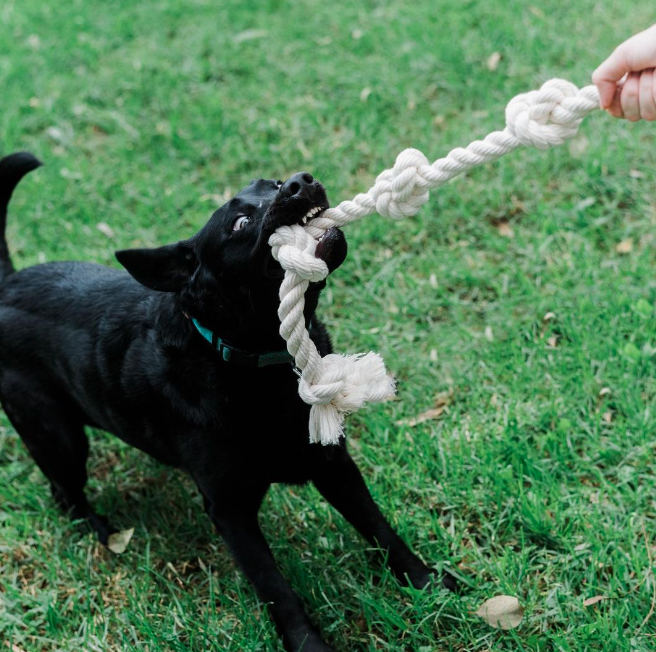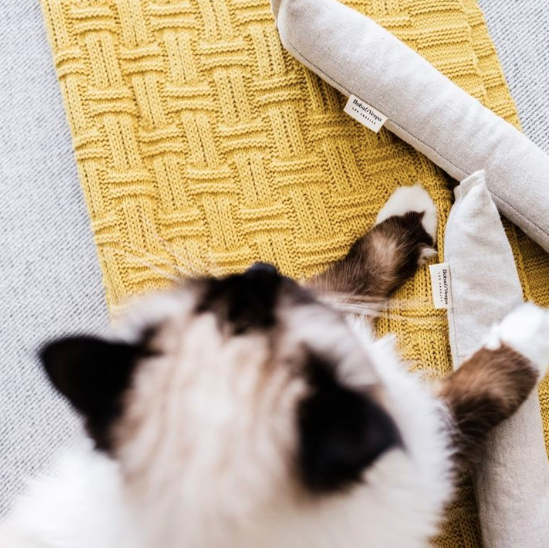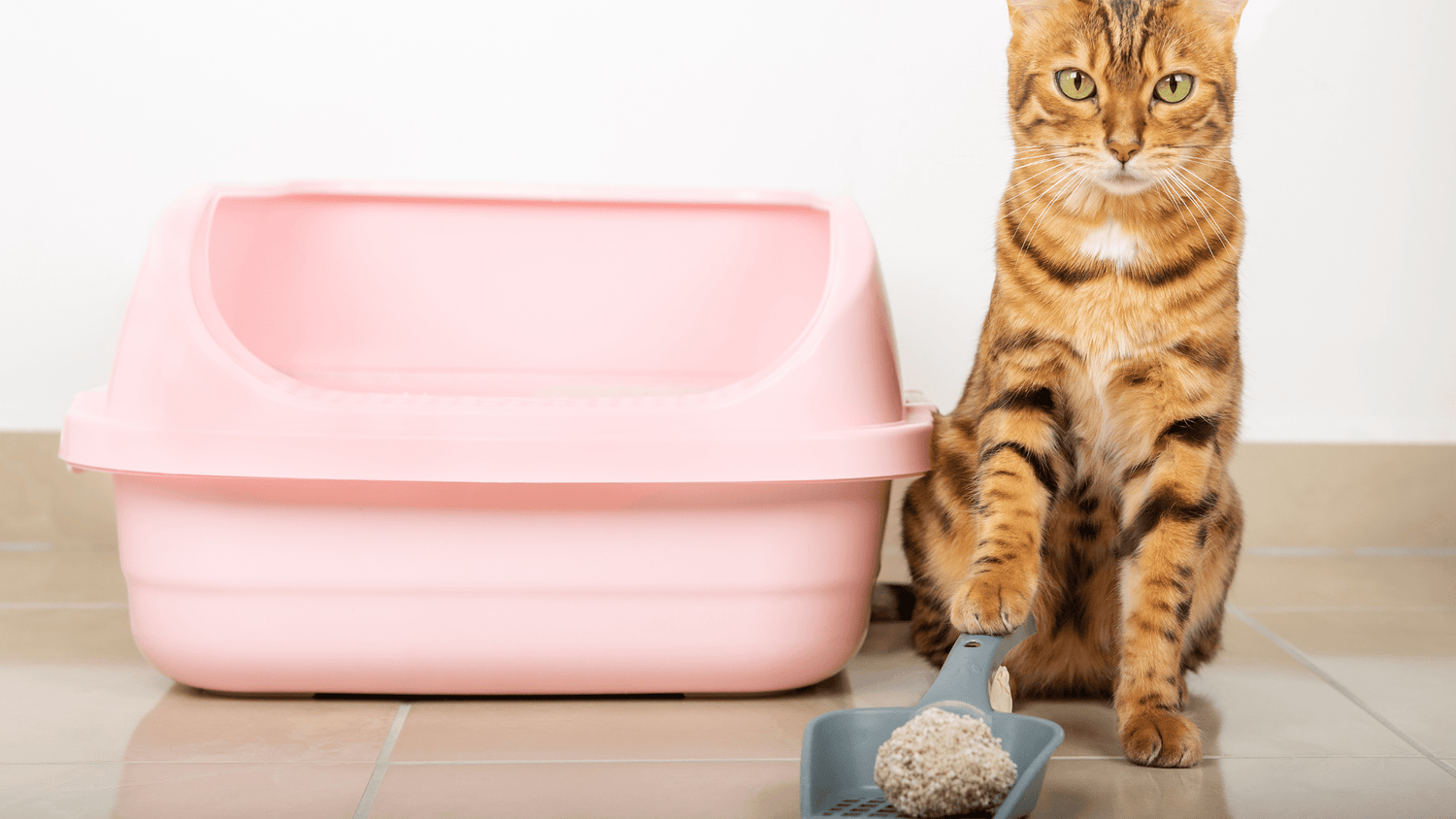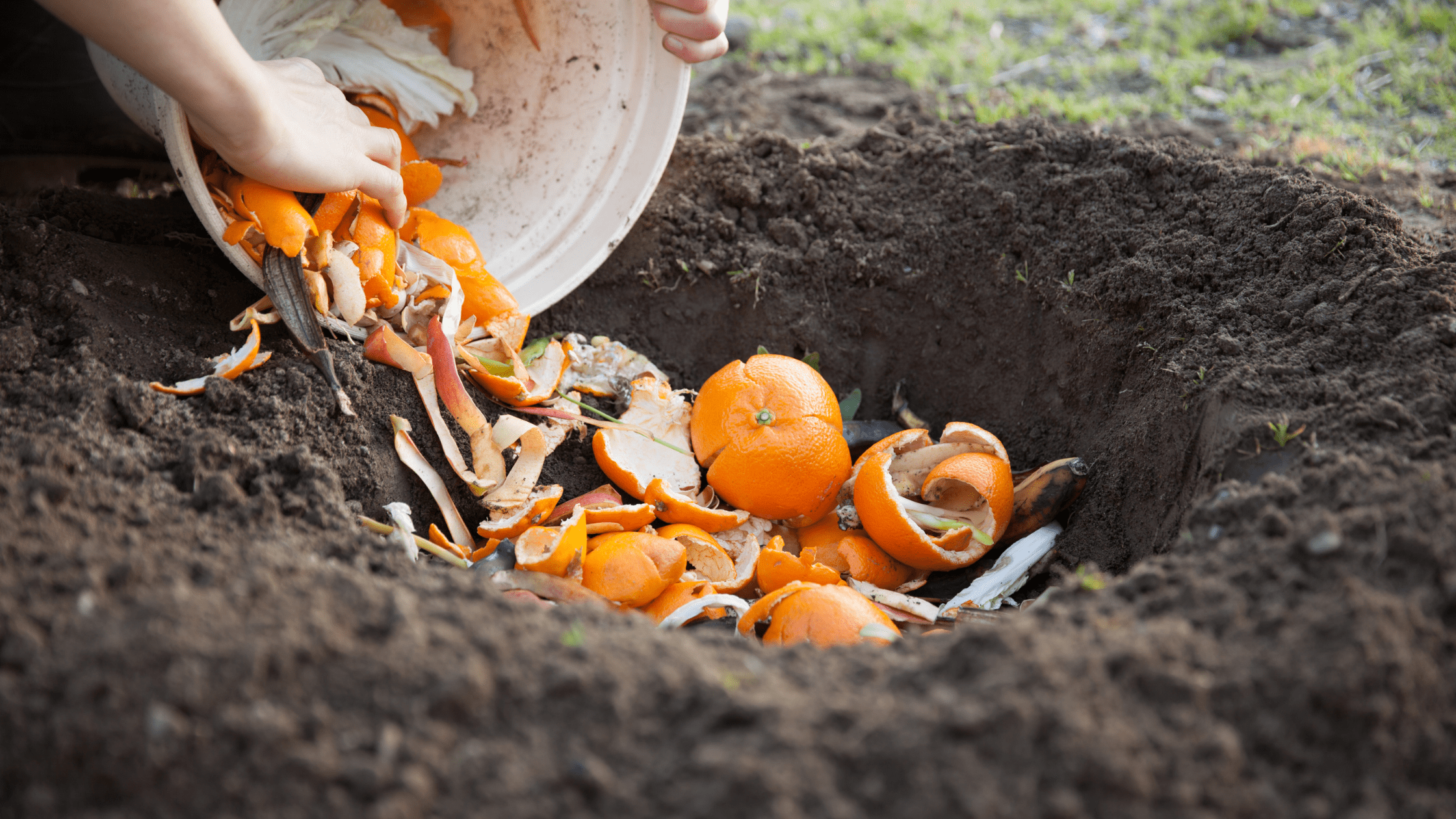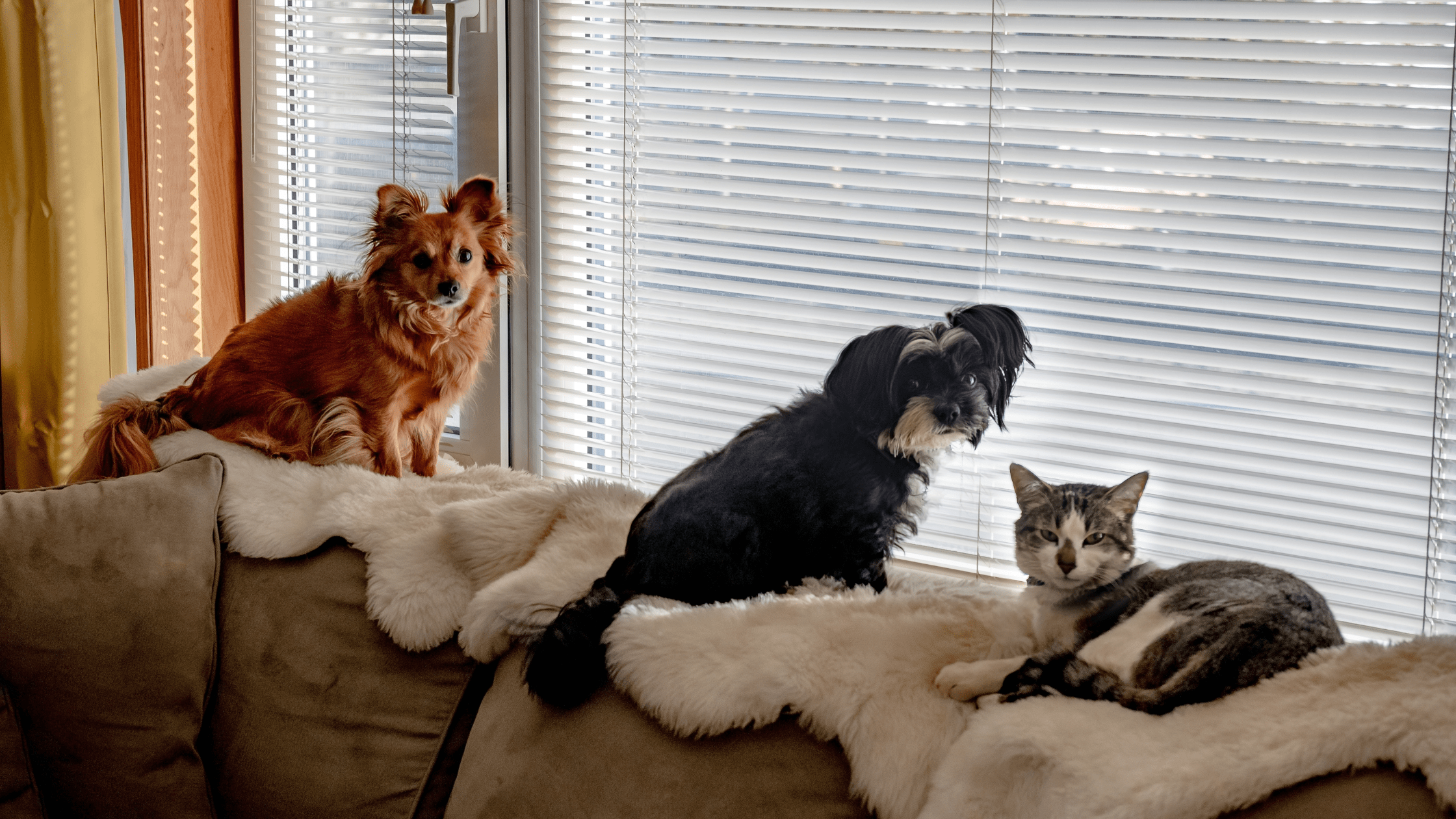These days, it’s more important than ever to consider the effect we have on the environment. When you think about climate change and other environmental issues, factors like driving a car, wasting electricity, and consuming too much may come to mind. But what about caring for a pet?
The question we want to explore today is whether cat litter is bad for the environment. Read on to discover the effects cat litter has on the environment and how to dispose of cat litter in a more environmentally-friendly way.
Is Clay Cat Litter Bad for the Environment?
If you have a feline friend, it’s very likely that you use clay cat litter. It’s a popular choice for cat owners because it’s affordable, accessible, and easy to dispose of. So, what’s the issue?
Unfortunately, it’s not a very sustainable choice. As the name suggests, clay is the main ingredient. Clay is not a renewable resource. It’s obtained from the ground through mining, an act that requires the use of heavy machinery. The environmental implication of this is the release of carbon dioxide in the atmosphere. The act of digging into the earth also disrupts the ecology which means plans and animals will lose their homes.
In addition, clay cat litter is not biodegradable. It seems clay would be, but this type is not. This means that if you dispose of it in the earth, it’s not going to disappear any time soon. In fact, it becomes the foundation for future piles of non-biodegradable waste.
So yes, clay cat litter is bad for the environment. It contributes to floods, erosion, pollution, and deforestation, not to mention it can pose potential health risks for your cat. Yikes!
Is Cat Litter Biodegradable?
We talked about clay cat litter being non-biodegradable but what about other forms of cat litter? Are there any kitty litter alternatives that are more environmentally-friendly?
The truth is, there are various biodegradable kitty litter alternatives out there, but you still have to be careful that they are not harmful to the environment. Biodegradable cat litter is made from plant matter and produced from renewable sources. The farming of biodegradable cat litter will still impact the environment, but the impact on our environment will not be as hazardous.
TIP: You may not love one type of biodegradable litter alone, so why not try to mix them up to make the magic mix of your dreams? Many natural cat litter fans do this and find they never long for clay litter again.
Here are some options for biodegradable cat litter:
DIY Cat Litter
We'll start with our favorite and most sustainable option, DIY cat litter. Yes, it's possible and yes it's a bit involved but it's very worth it if you really want to cut back on the wasteful packaging and shipping that come with all the other litters we list below. For a DIY cat litter recipe, check out this one from Treehugger.
Organic Hemp Litter
For an eco-friendly and sustainable option, check out this Natural Cat Litter - 100% Organic Hemp. This lightweight litter is 7x more absorbent than traditional options like clay, which means you can use less and reduce your carbon footprint. Plus, its natural odor control keeps your home fresh without chemicals or fragrances, making it safe for your cat and better for the environment. It's a practical and planet-friendly alternative both you and your kitty will love!
Paper Litter
Like the DIY cat litter above, paper can be a great source for kitty litter. Paper litter is made from processed and recycled paper. It’s a great choice for cats with injured paws as paper cat litter is non-irritable. While paper cat litter is softer and more absorbent than clay, it doesn’t suppress odor as well.
We like this one made in Michigan from Fresh News as it's made form 100% post recycled paper. Plus they created a community recycling program called PaperGator where non-profit organizations, primarily churches and schools, get paid for collecting paper products both internally and from their communities.
Corn Litter
World's Best corn-based cat litter is made in Iowa from finely-ground corn kennels or ground corn cobs. There’s no dust, no obvious smell, and it’s easy to scoop because it clumps well. We love that the company has taken a waste product like cobs and repurposed them. Bonus, they will donate 5lbs of cat litter to a shelter in need when you share a photo of you and your cat on social.
Wheat Litter
Compared to clay litter, wheat litter is much better for our earth. It’s made from processed wheat which means that it’s possible to be flushed away. Though with flushing, make sure you act when the excrement is fresh and not dried as it could lead to clogged toilets. And be extra cautious if you use a low flow toilet or have a septic tank - these are also easy ways to back up a system. When a cat urinates, wheat litter can be easily scooped out of the litter box as the wheat transforms into sawdust-like debris. We like sWheat Scoop (wheat and corn blend) because it's made in the USA and they support PlasticBank, an ocean based plastic waste recovery program.
Walnut Litter
Eco-shell is a Californian brand that supports sustainability with their non-GMO and biodegradable products all made 100% with solar power. Their Naturally Fresh Cat Litter is 100% natural and eco-friendly. Walnut-based, it provides super odor control and is quick clumping. Plus, it’s dust free so you and your cat can breathe easy! We really like their sustainability page.
Eco Friendly Litter Accessories
Store your litter bags in this cute, minimalist cat litter bag holder made from 100% cotton materials. An easy-hang tag allows you to hang it anywhere you like, so litter bags are always accessible when you need them.
Is Cat Litter Compostable?
The cat litter types mentioned above are compostable under the right conditions. If you are interested in home composting cat litter we recommend you research various methods and verify safety since cat waste is known for carrying quite a lot of parasites and bacteria. It’s often recommended to use compost made from cat litter only for fertilizing non edible gardens, for example. And most cities do not accept cat litter at municipal composting facilities just yet. We hope that changes soon!
How to Dispose of Cat Litter
Unfortunately, there is no way to dispose of your clay cat litter to ensure that it is less harmful to the environment. Putting it in a biodegradable and compostable bag, however, is the greener choice. You can then place the bag directly in your household waste bin.
Another option is to put it into a delegated cat litter trash bin. By doing this, you can cut back on the number of bags you need to use as one bag should hold several weeks worth of waste. This option will be friendlier to your nose as well! You'll just need one with a very good secure lid. Toss some baking soda in the bottom to cut down on any odor.
You and Your Cat
At the end of the day, even tiny, furry paw prints leave a carbon footprint! That’s why, as a pet owner and fellow guest on our planet, it’s important that we all be responsible consumers and do our homework. While biodegradable cat litter is more expensive than traditional options, its positive environmental implications are worth it. Together, we can create a kinder, cleaner planet.
References:
http://frontpagemeews.com/category/cats/for-cat-parents/lifestyle/cat-litter-harms-environment/
https://www.thinkingsustainably.com/is-clay-cat-litter-bad-for-the-environment/
https://askmycats.com/is-cat-litter-bad-for-the-environment/

